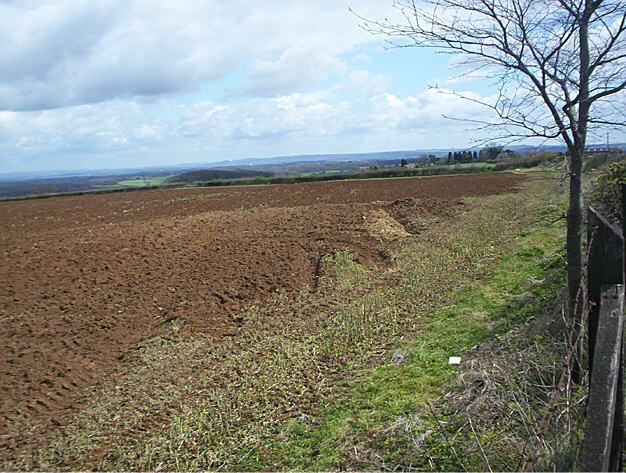





Field gate before the railway bridge,far side of the field and very impressive.

I have been meaning to stop here for a closer look for a long time.I am usually traveling too fast here. It must have been a very large barrow at one time. It was 50mtrs long and 17mtrs wide, there were three chambers one of which is exposed.

The small stones seem to mark the extent of the original barrow.




It needs to be a dry day to appreciate this.It is quite a steep walk from the stile and is a bit boggy. It is well worth the effort to get here. The stone is about 6ft high and 3 and a half ft wide and very surprising only 10ins thick. Although you cannot see Maen Mawr this stone seem in alignment.

This is looking south towards Maen Mawr.



The carved rocks here are fantastic but the setting is not the best I have been to.The folk here don’t seem to care very much about it.It is a typical housing estate.

I don’t think this would survive if the Historic Scotland fencing was removed.

Not much you can do about where this is, just have to make the best of it.

Dr Borlase recorded ” the vulgar used to resort to this place at partricular times of the year,and payed to this stone more respect than was thought becoming of good Christians ” I wonder what they got up to.

This is the sad remains of the Big Tree Long Barrow.It is situated at the edge of the field about 400mtrs past the saw mills on the way to Frome.I haven’t been able to find any information about this Barrow.

There isn’t much detail to be seen,but you can see it is a Long Barrow.

Little more than a vague bump.The Barrow was excavated in 1826 by John Skinner and also in 1909 by J.D.C.Wickham.There was a possible terminal chamber with one cell.

This is at the location of the Barrow,as has already been said,not a lot to see.The farmer told me “the field is never ploughed” Don’t forget to ask permission at Southmead Farm.


Antiquarian excavation by F. Ware in 1913. Small scale excavations by George Smith in January 1983 in advance of development revealed traces of a terminal chamber with two or more cells. Report Smith 1989.
To get to the dolmen you take Stoke Road by the water Tower, down Stoke Hill follow the road past the shops and up Druid Hill.The second to last house before you reach Druid Stoke Avenue on the left is the one you want.
Remember this is a private house and access must be asked for,it would be a shame if the gates were kept shut.


The garden was once much larger,but a house was built and the brick wall divider rather cramps the style.

This site has been preserved in a garden at the top of Druid Hill in the Stoke Bishop area of Bristol,and comes under the protection of English Heritage. The house is called, strangely enough, The Cromlech.The present Guardian was quite happy for me to trample on her garden to take my photos.
Was looking at the 1887 map of Yatborough and the public footpath at that time has Stones marked along it. No sign of any now though.
I liked this stone, although it is re-erected it has a certain ambience. If you have a chance to talk to the farmer he (for a Cornishman) gets quite chatty about it.


If you download the picture and zoom in to the lower third of the stone you can see some interesting faces.
This forlorn Sarsen was (allegedly) pillaged from the now destroyed Mill Barrow (SU094722) and used to mark the Rev. Brinsden’s grave. I see from Rhiannons’ post that it may have been the capstone!



This is a gem.It is great finding a little known site. It looks out proudly across Devon, a must for a visit.


This is down a rather narrow lane with very little parking places,but if you squeeze into a gateway tightly you are reatively safe.
It was a lovely day when I got here, I’d just been round the peninsula and stopped off at Criccieth for a break and saw this marked on the map. What an enchanting but forlorn site, but it has survived here hidden from pitying eyes. I felt a tingle when near the stones which made me feel good.




The hole at the base is smaller than I remember.
I have added these four pictures as they are seen from the four sides of the dolmen, I made no effort to show the land scape setting, others have provided those better than I can.
The pub is great after you return from the walk, and the church of St Bueno is worth a look, if your muscles ache after the walk visit St Bueno’s well just down the road for relief, so they say.
